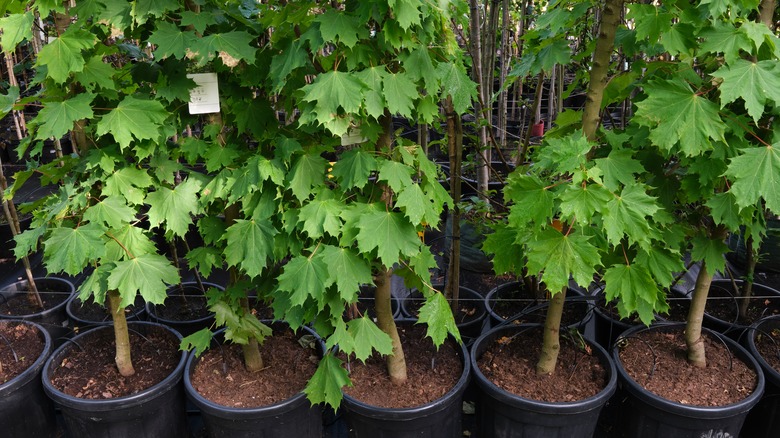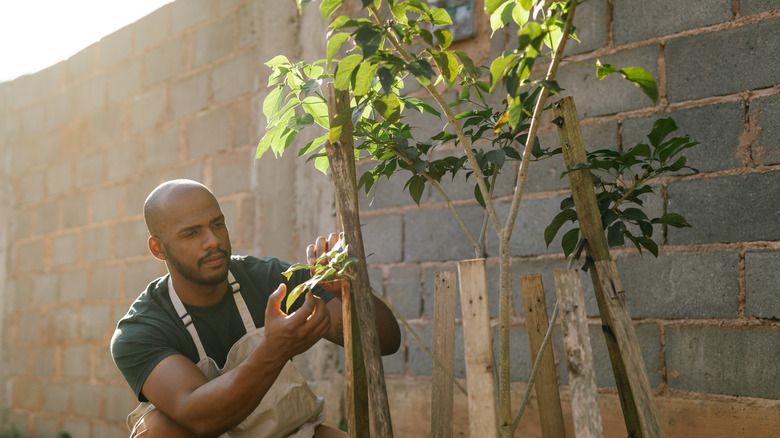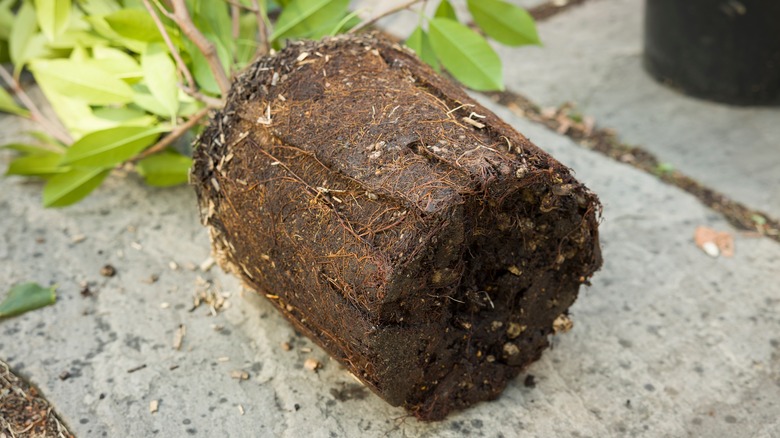Helpful Tips You Need To Ensure You're Buying A Healthy Tree
Whether you want to plant a tree for environmental diversity or for your future grandkids to tie a swing on someday, they can do a lot of good in your yard, including increasing your property value. Picking out the perfect tree will involve a lot of research to ensure you buy a tree that will thrive in your climate, fit in your yard, and suit your overall needs. The research doesn't stop at the plant nursery; you need to inspect the trees to find the healthiest of the bunch so they can thrive at your home for years to come. This process will involve looking at the leaves and roots, so you'll need to handle the trees yourself at the nursery and take a look "under the hood."
You don't need to be an arborist to recognize whether a tree is healthy or not. In most cases, you can tell its overall health just by looking at it. But if you know what to look for up close, you'll be able to get a better idea of what's going on under the bark.
Check the leaves
Healthy leaves are generally glossy and deep green, so you should look for this in a nursery. There are some caveats to this, of course. Some trees are naturally matte instead of glossy, like the valley oak (Quercus lobata). Some trees have red or purple leaves, and the colors may be different according to the season. Most trees in nurseries are usually in their green stage, so you generally won't have to wonder if they're changing colors for the fall. Make sure you know what you're looking for ahead of time, and be ready to search online while you're at the store, just in case.
Knowing the typical coloration of a tree's leaves is essential because discolored leaves are usually the first sign of trouble. Yellow or crunchy brown leaf tips could mean drought, while entire yellow leaves or leaves with brown spots are likely signs of pest pressures or diseases. Pest problems and improper moisture levels can be reversed, but diseases can't. You should also try to determine if the canopy is full enough since frequently dropped and thinning leaves are another sign of problems. Be sure you don't take home a diseased tree, or you'll be throwing your money away.
Check the roots and trunk
If the leaves don't tell the entire story of the tree, the rest of the plant will. A healthy nursery tree will have straight roots, not bent ones. It may be difficult to tell if your prospective new tree has good roots if you can't take it out of the nursery pot and remove the dirt. But there's a surefire way you can tell if it's bad, and that's a rootbound tree. A plant is rootbound when its roots reach the side of the container and have nowhere else to go. They start growing along the edges and develop a coil or spiral pattern. In severe cases, lifting the plant out of the container will reveal a mass of roots with very little soil left. Avoid these trees as much as possible. You likely have a healthy tree if you pull a tree out of the container and see mostly dirt with few visible roots. A little rootbound growth can be trimmed and corrected, but aim for the healthiest roots possible.
You should also inspect the trunk and branches for signs of pests or diseases. Diseased trunks may have wounds like cracks or broken bark. Much like human skin, these open points on the bark will make it easier for your tree to contract a disease. Pests may also move into these open spots and declare your new tree their home, causing damage as they eat the wood.


